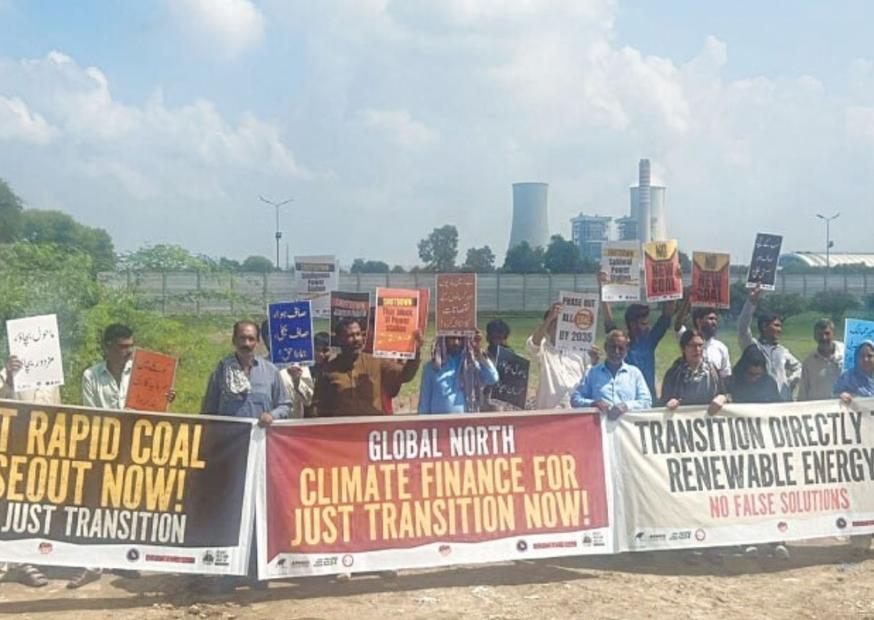SAHIWAL, PAKISTAN: Once celebrated as a landmark achievement under the China-Pakistan Economic Corridor (CPEC), the Sahiwal Coal Power Project is now drawing criticism for becoming a heavy financial and environmental liability. Initially hailed as a solution to Pakistan’s crippling power shortages, the 1,320-megawatt plant has instead come to symbolize the country’s deep-rooted energy mismanagement and flawed policy planning.
Built with Chinese investment and inaugurated with grand political promises, the project was expected to energize the national grid and boost industrial productivity. However, experts now say it has only added to Pakistan’s mounting circular debt, locking the government into expensive power purchase agreements that strain public finances.
Analysts argue that opaque contracts, high fuel import dependence, and rigid “take-or-pay” clauses have turned what was once a national milestone into an ongoing economic drag. As the country continues to import coal to feed the plant, rising global prices and a depreciating rupee have only worsened the situation.
Environmental concerns are also escalating. The plant’s heavy reliance on coal contradicts Pakistan’s climate commitments and threatens to worsen air quality in the surrounding areas. Meanwhile, local communities—who were promised development and jobs—say they’ve seen little improvement in living standards.
Observers believe the Sahiwal project exposes a deeper structural flaw: building large-scale energy infrastructure without parallel investment in renewable resources, grid stability, and long-term sustainability.
The dream of “powering Pakistan” now stands dimmed by the harsh reality of unsustainable contracts, fiscal burdens, and fading public confidence. What was once a beacon of hope has turned into a stark reminder that progress without accountability often comes at a steep price.
This story has been reported by PakTribune. All rights reserved.



